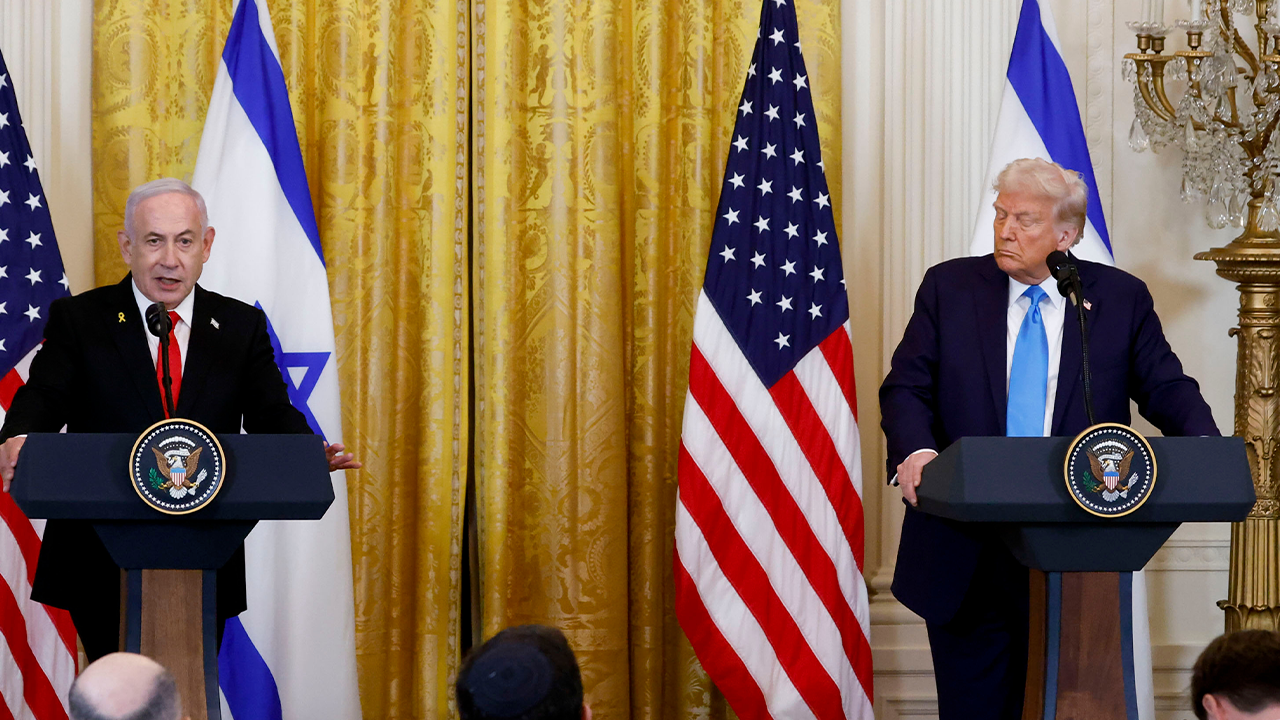Trump's Gaza Plan: A US Takeover And Rebuilding Initiative For Middle East Stability

Discover more detailed and exciting information on our website. Click the link below to start your adventure: Visit Best Website. Don't miss out!
Table of Contents
Trump's Gaza Plan: A US Takeover and Rebuilding Initiative for Middle East Stability?
The Middle East remains a volatile region, and the simmering conflict in Gaza has consistently threatened regional stability. A controversial yet intriguing proposition emerged during the Trump administration: a plan for US involvement in Gaza, encompassing a potential takeover and a large-scale rebuilding initiative. This article delves into the details of this proposed plan, its potential benefits, drawbacks, and the ongoing debate surrounding its feasibility.
The Core Tenets of the Proposed Plan:
While specifics remained somewhat elusive, the core tenets of the proposed plan generally involved several key components:
- US-led Administration: A significant aspect of the plan involved a transition towards a US-led administrative role in Gaza, potentially replacing or significantly influencing the existing Palestinian Authority governance. This aspect generated considerable controversy, with concerns raised about sovereignty and potential violations of international law.
- Massive Infrastructure Investment: The plan envisioned a substantial investment in rebuilding Gaza's infrastructure, severely damaged by years of conflict. This included projects focused on improving electricity grids, water sanitation systems, housing, and transportation networks. The scale of investment was projected to be in the billions of dollars.
- Economic Development Initiatives: Beyond infrastructure, the plan aimed to stimulate economic growth in Gaza through job creation programs, investment in small and medium-sized enterprises (SMEs), and the development of sustainable industries. The goal was to foster self-sufficiency and reduce reliance on external aid.
- Security Cooperation: A key component involved enhanced security cooperation between the US and relevant parties in the region to address the underlying security concerns that fuel instability. This included combating terrorism and addressing the smuggling of weapons and other illicit materials.
Potential Benefits and Drawbacks:
The proposed plan presented both potential benefits and significant drawbacks. On the positive side, it offered the possibility of:
- Improved Living Conditions: Significant investment in infrastructure and economic development could drastically improve the living conditions of Gazans.
- Reduced Conflict: Addressing the root causes of conflict through economic development and security cooperation could potentially lead to a reduction in violence and instability.
- Regional Stability: A more stable Gaza could contribute to broader regional stability, reducing the risk of wider conflicts.
However, the plan also faced considerable criticism due to:
- Sovereignty Concerns: The potential for US control over Gaza raised concerns about Palestinian sovereignty and the potential for a prolonged occupation.
- Implementation Challenges: The scale and complexity of the project posed significant logistical and political challenges. Securing international cooperation and overcoming internal resistance would be crucial for success.
- Financial Burden: The substantial financial investment required raised questions about the long-term sustainability of the plan and the willingness of the US Congress to allocate such resources.
The Current Status and Future Outlook:
While the Trump administration actively promoted the concept, the plan never reached full implementation. The subsequent change in US administration led to a reassessment of foreign policy priorities, and the plan effectively stalled. However, the underlying issues in Gaza remain, and the need for a comprehensive solution persists. Future initiatives addressing the humanitarian crisis and the security concerns in Gaza will likely draw upon some aspects of the original proposal, albeit with significant modifications and a different approach.
Conclusion:
Trump's Gaza plan, though ultimately unfulfilled, sparked a vital debate about the potential for large-scale US intervention in the region. While its implementation faced significant obstacles, the core issues it addressed—infrastructure development, economic growth, and security cooperation—remain crucial for achieving lasting peace and stability in the Middle East. Further discussion and innovative approaches are necessary to address the complex challenges facing Gaza and its people. What do you think the future holds for Gaza? Share your thoughts in the comments below.

Thank you for visiting our website wich cover about Trump's Gaza Plan: A US Takeover And Rebuilding Initiative For Middle East Stability. We hope the information provided has been useful to you. Feel free to contact us if you have any questions or need further assistance. See you next time and dont miss to bookmark.
Featured Posts
-
Gucci Sabato De Sarno Lascia La Direzione Creativa
Feb 06, 2025
-
Inter De Limeira E Bragantino Empatam Em Jogo Emocionante No Campeonato Paulista
Feb 06, 2025
-
Fbi Agents Union Urges Congress Act Now To Prevent Agency Politicization
Feb 06, 2025
-
Trumps Wealthy Allies Prepare To Reshape Washington
Feb 06, 2025
-
Justin Baldonis Lawsuit Website Details And Updates
Feb 06, 2025
